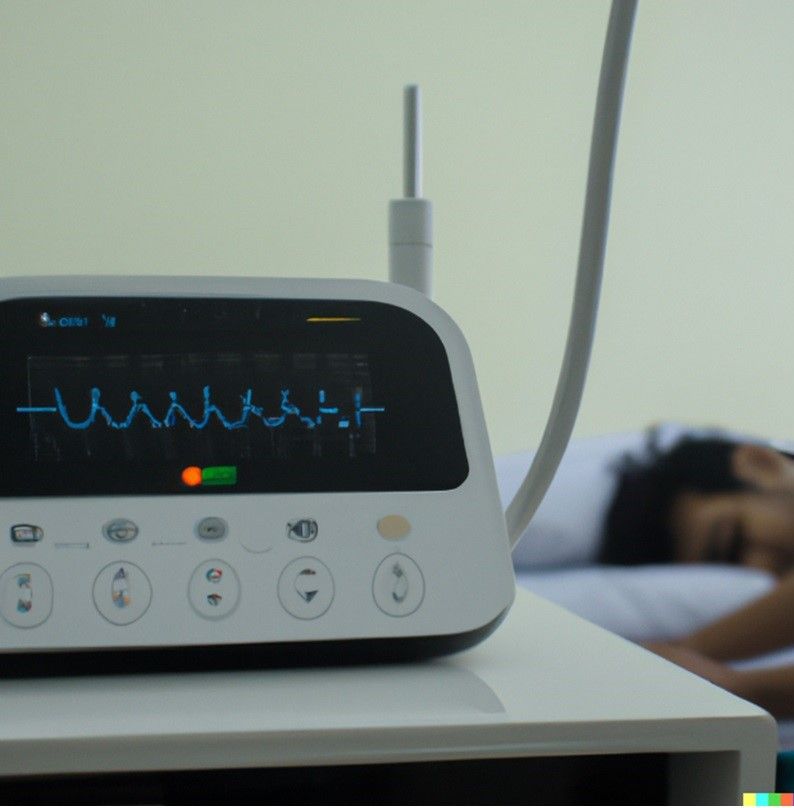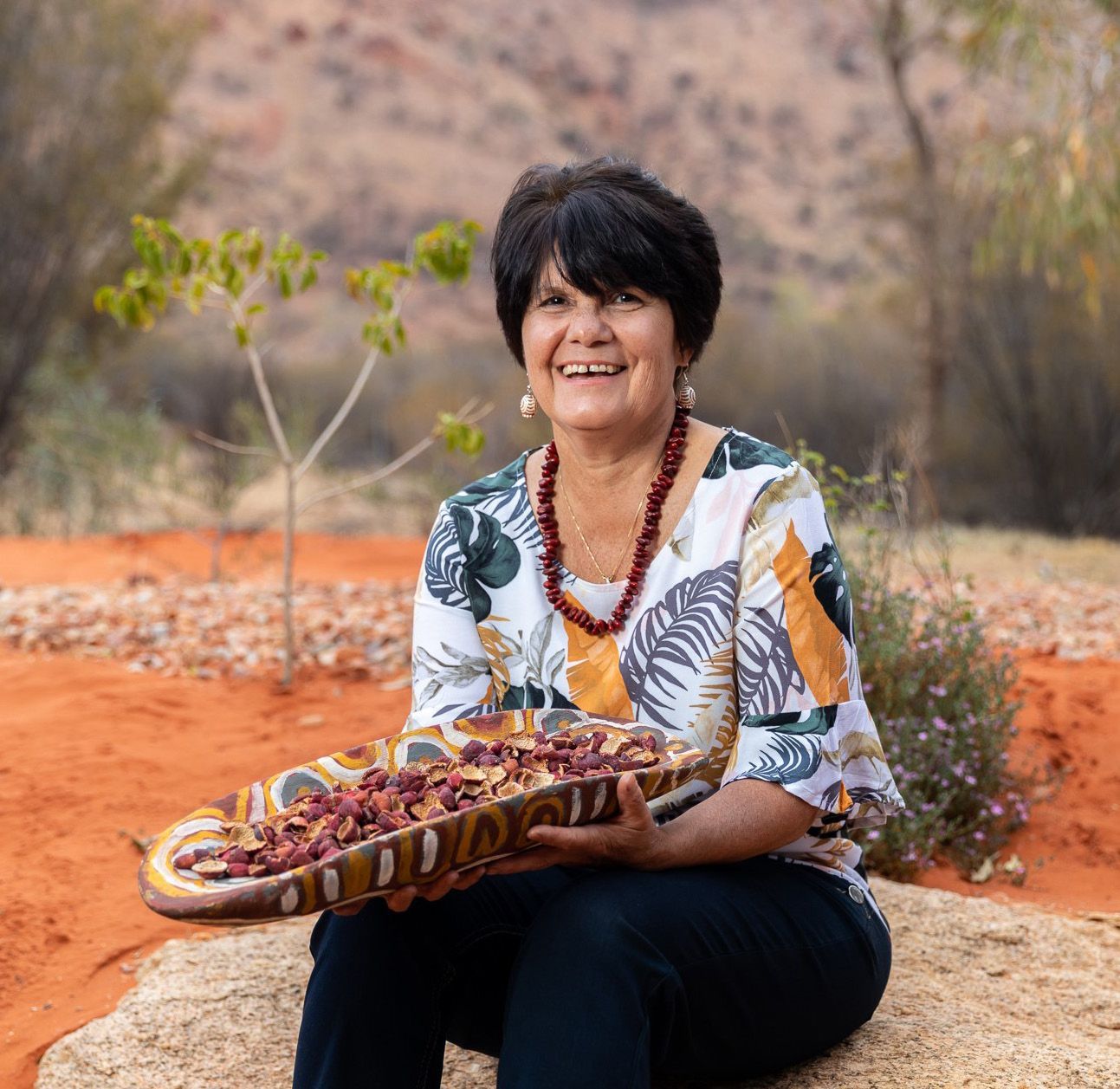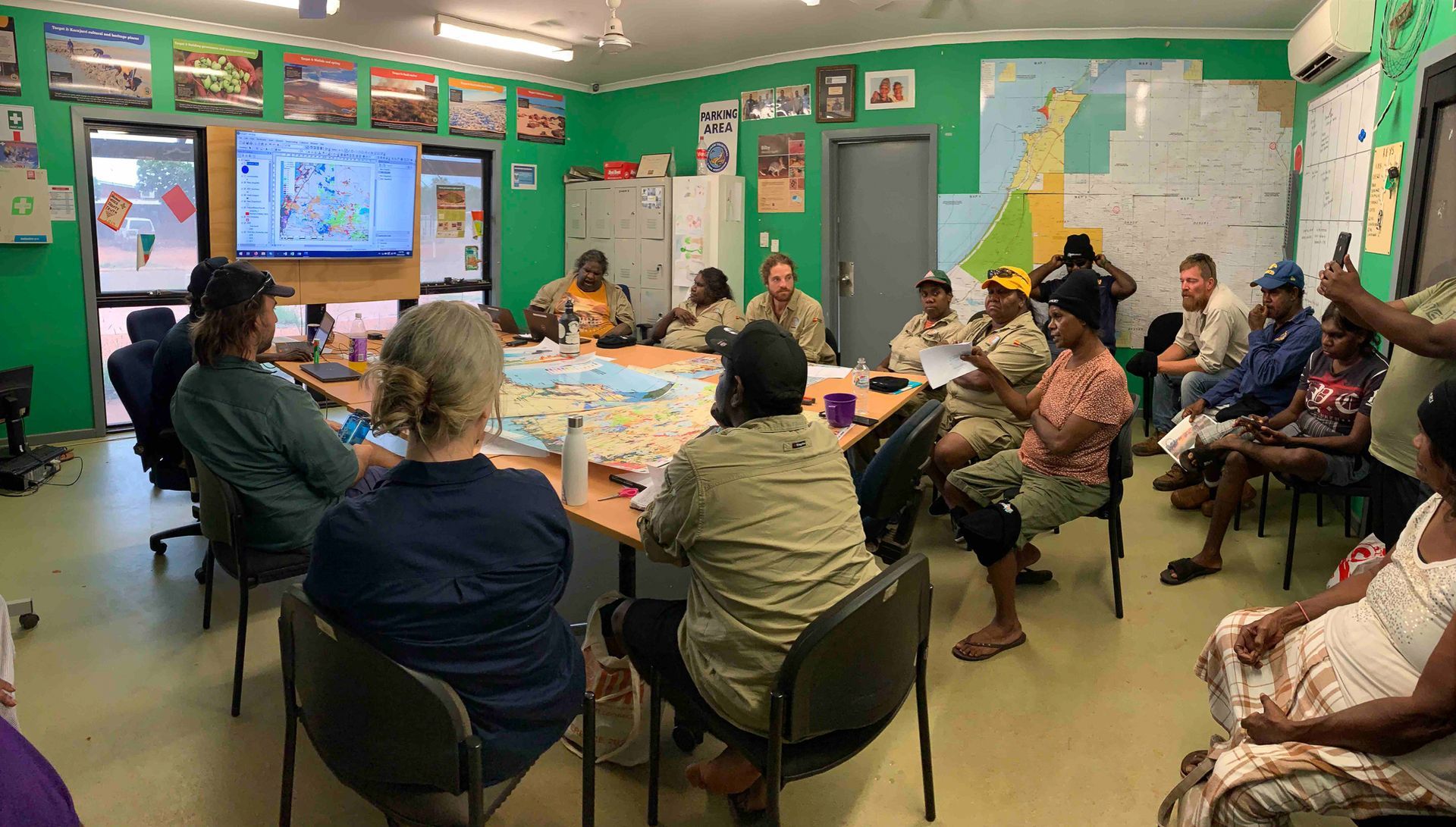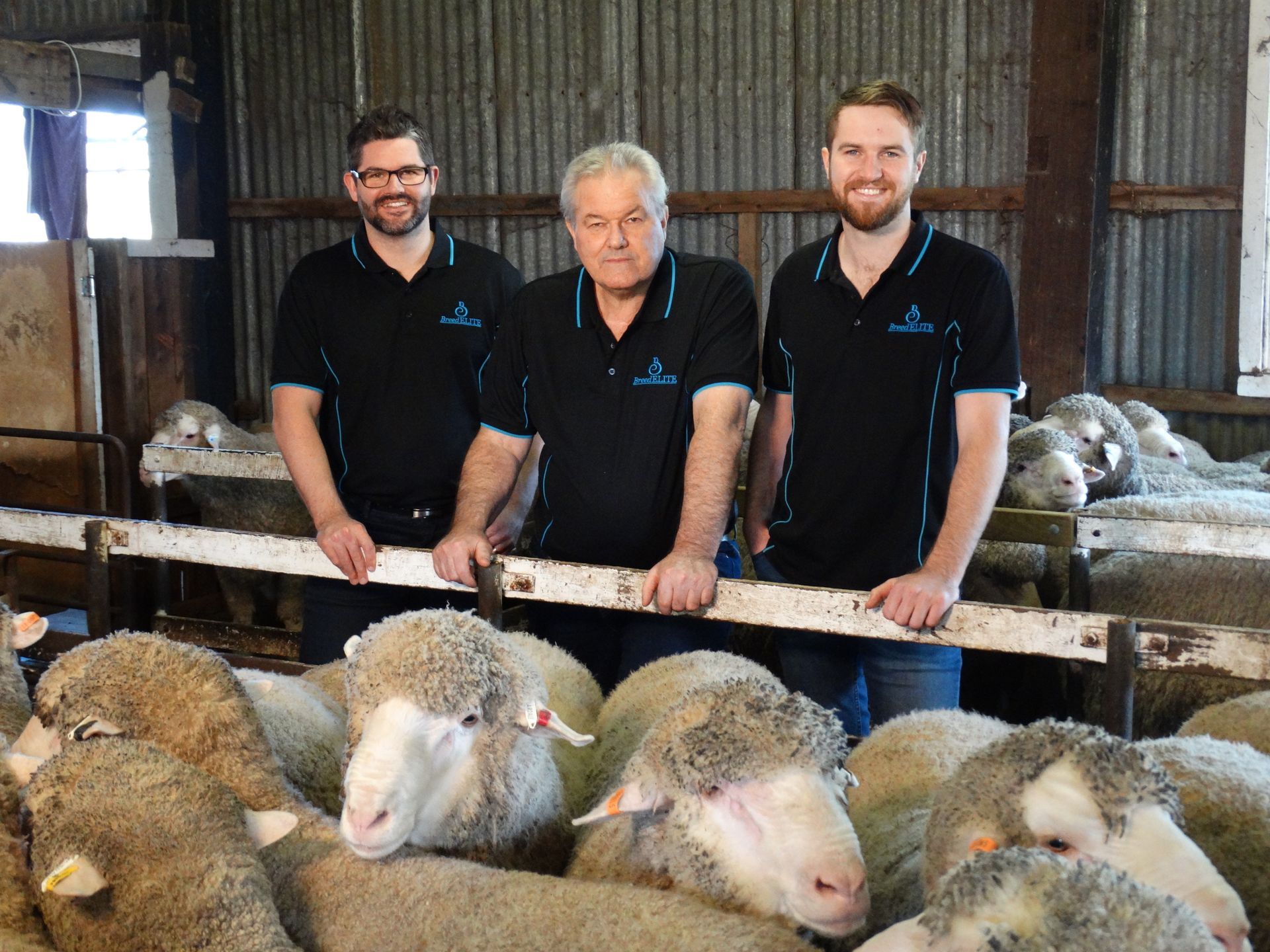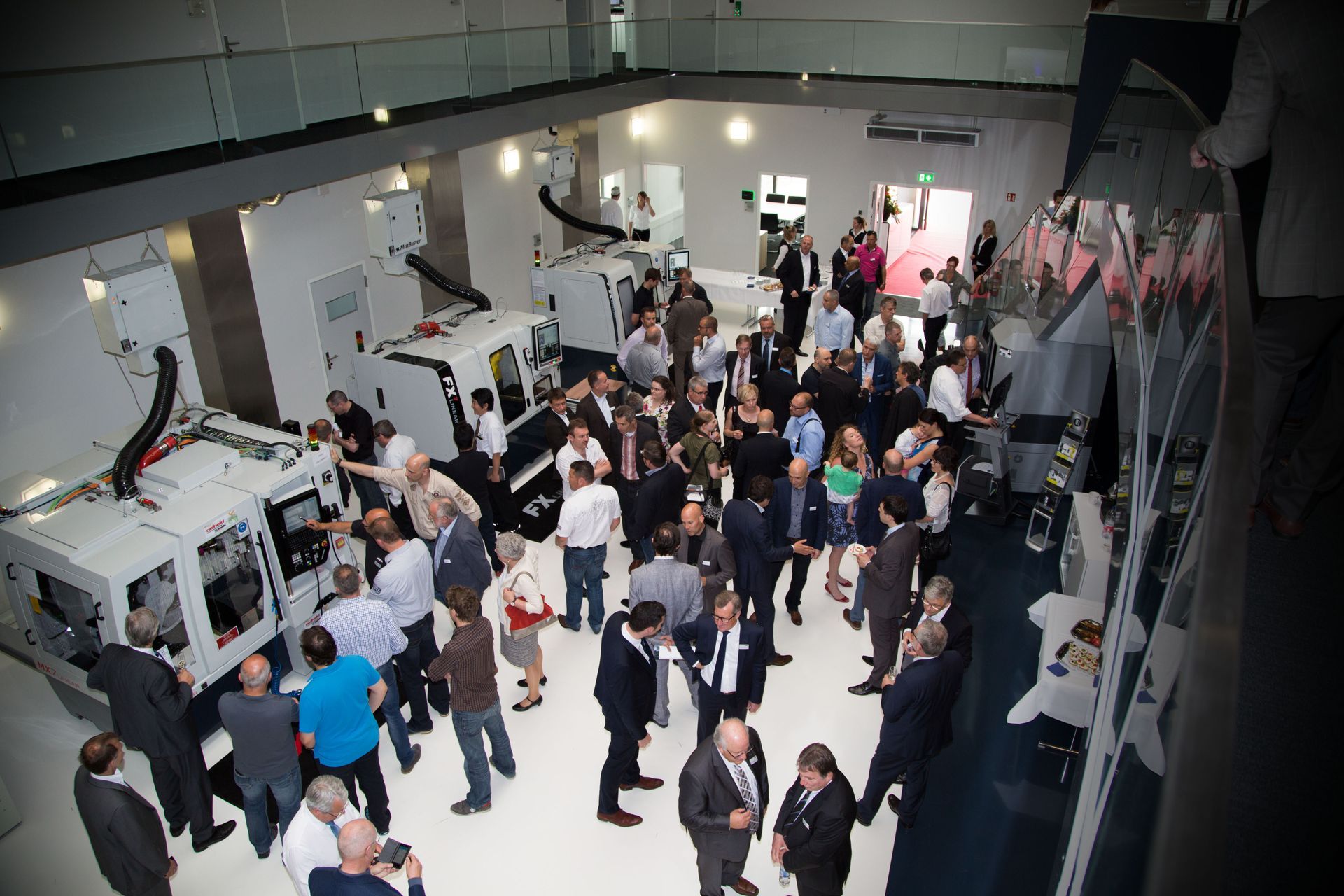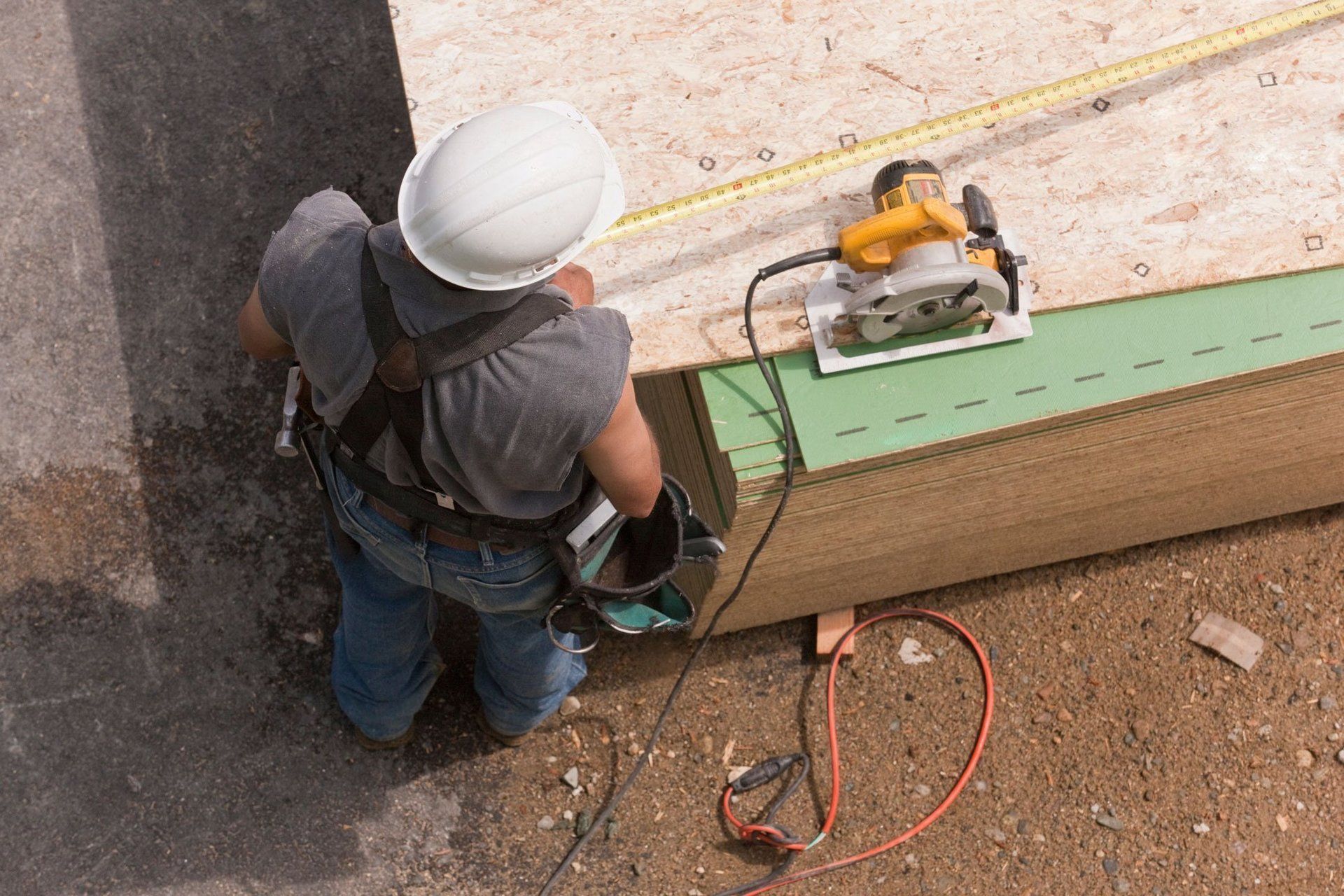Smart schoolbag saves time and stress
Vivien Lin

A new smart school bag that ensures it is correctly packed for each day’s timetable has been developed by engineers from Deakin University.
It uses radio frequency identification (RFID) tags to detect items in the bag and Internet of Things Technology (IoT), which extends internet connectivity to everyday objects.
The bag was designed by Dr Hamid Abdi alongside Masters students Jayadev Ajayakumar, Naga Venkata Durga Surendra Anna and Lahiru Abeysekara. It comes with built-in hardware and software and has the capacity to send content alerts by smartphone to students, parents and teachers.
“RFID technology allows any user to detect items in a contactless way,” Dr Abdi says. “For example, when you return books to libraries, you put a number of books on top of each other and the system will automatically detect which books you are returning without scanning all of the barcodes.”
The smart school bag can also tell what items are not required, ensuring that the bag is no heavier than it needs to be.
“At the same time we wanted to minimise the weight of the bag to reduce the discomfort children experience carrying a heavy load on their backs and shoulders,” Dr Abdi says.
Although RFID technology is currently mainly used in industry supply chains, its low cost and relatively low level of complexity meant Dr Abdi saw it as a viable technology for his invention.
Schools or parents can enter data about the activities of each day to the system’s IoT server. The server then links these activities to the RFID tags placed on the items needed. “After we know what activity is happening from the IoT server, we can tell what items are needed,” Dr Abdi says. “For instance, if I have a math class and I need my math book, the server will link that activity with the item.”
The smart school bag also works in conjunction with a mobile application which lets parents see the items in the bag and check them off against the timetable.
“We know packing the school bag each morning can be difficult, especially for younger kids, because the timetable changes daily and each day they need to pack different things,” Dr Abdi says. “We think the smart school bag will save a lot of time and stress that occurs when homework, hats or lunches are left home by mistake, especially if that requires parents to quickly race home to collect the missing item.”
Dr Abdi was inspired to create the school bag after a personal experience with his son.
“I remember it was a really rainy and cold Monday morning in 2017,” he says. “I took my son to the kiss and drop at school and he said, ‘Daddy, I forgot my guitar!’”
Dr Abdi noticed that his son then became stressed and upset with himself. “We drove home to get it and on the way back to school, we had minimal conversation,” he says. “In the afternoon when I came to pick him up I said, ‘Look, whatever happens, I love you,’ and it was only then that my son started to come out of his small depression.”
Following this experience, Dr Abdi spent one year trying to quantify the added value of this technology for families in terms of saving time and stress. “We started working on this project when I became sure that this was a useful thing,” he says.
Although the system can be fitted to any school bag, Dr Abdi and his team have designed a prototype smart school bag which includes the smart phone application and could retail for between $125 and $150.
Dr Abdi is now working on ensuring the smart school bag’s associated mobile application is functional and user friendly. “We want to make things intuitive and easy and help the user enjoy their experience in using this technology,” he says.
Dr Abdi and his team are also looking for commercial partners to take the project to the next level.
“We are looking for anyone that has a genuine interest in this technology for the health of the community and the health of future kids,” he says.

In 2016 I published a blog article titled Moonshots for Australia: 7 For Now. It’s one of many I have posted on business and innovation in Australia. In that book, I highlighted a number of Industries of the Future among a number of proposed Moonshots. I self-published a book, Innovation in Australia – Creating prosperity for future generations, in 2019, with a follow-up COVID edition in 2020. There is no doubt COVID is causing massive disruption. Prior to COVID, there was little conversation about National Sovereignty or supply chains. Even now, these topics are fading, and we remain preoccupied with productivity and jobs! My motivation for this writing has been the absence of a coherent narrative for Australia’s business future. Over the past six years, little has changed. The Australian ‘psyche’ regarding our political and business systems is programmed to avoid taking a long-term perspective. The short-term nature of Government (3 to 4-year terms), the short-term horizon of the business system (driven by shareholder value), the media culture (infotainment and ‘gotcha’ games), the general Australian population’s cynical perspective and a preoccupation with a lifestyle all create a malaise of strategic thinking and conversation. Ultimately, it leads to a leadership vacuum at all levels. In recent years we have seen the leadership of some of our significant institutions failing to live up to the most basic standards, with Royal Commissions, Inquiries and investigations consuming excessive time and resources. · Catholic Church and other religious bodies · Trade Unions · Banks (and businesses generally, take casinos, for example) · the Australian Defence Force · the Australian cricket teams · our elected representatives and the staff of Parliament House As they say, “A fish rots from the head!” At best, the leadership behaviour in those institutions could be described as unethical and, at worst….just bankrupt! In the last decade, politicians have led us through a game of “leadership by musical chairs” – although, for now, it has stabilised. However, there is still an absence of a coherent narrative about business and wealth creation. It is a challenge. One attempt to provide such a narrative has been the Intergenerational Reports produced by our federal Government every few years since 2002. The shortcomings of the latest Intergenerational Report Each Intergenerational Report examines the long-term sustainability of current government policies and how demographic, technological, and other structural trends may affect the economy and the budget over the next 40 years. The fifth and most recent Intergenerational Report released in 2021 (preceded by Reports in 2002, 2007, 2010 and 2015) provides a narrative about Australia’s future – in essence, it is an extension of the status quo. The Report also highlights three key insights: 1. First, our population is growing slower and ageing faster than expected. 2. The Australian economy will continue to grow, but slower than previously thought. 3. While Australia’s debt is sustainable and low by international standards, the ageing of our population will pressure revenue and expenditure. However, its release came and went with a whimper. The recent Summit on (what was it, Jobs and Skills and productivity?) also seems to have made the difference of a ‘snowflake’ in hell in terms of identifying our long-term challenges and growth industries. Let’s look back to see how we got here and what we can learn. Australia over the last 40 years During Australia’s last period of significant economic reform (the late 1980s and early 1990s), there was a positive attempt at building an inclusive national narrative between Government and business. Multiple documents were published, including: · Australia Reconstructed (1987) – ACTU · Enterprise Bargaining a Better Way of Working (1989) – Business Council of Australia · Innovation in Australia (1991) – Boston Consulting Group · Australia 2010: Creating the Future Australia (1993) – Business Council of Australia · and others. There were workshops, consultations with industry leaders, and conferences across industries to pursue a national microeconomic reform agenda. Remember these concepts? · global competitiveness · benchmarking · best practice · award restructuring and enterprising bargaining · training, management education and multiskilling. This agenda was at the heart of the business conversation. During that time, the Government encouraged high levels of engagement with stakeholders. As a result, I worked with a small group of training professionals to contribute to the debate. Our contribution included events and publications over several years, including What Dawkins, Kelty and Howard All Agree On – Human Resources Strategies for Our Nation (published by the Australian Institute of Training and Development). Unfortunately, these long-term strategic discussions are nowhere near as prevalent among Government and industry today. The 1980s and 1990s were a time of radical change in Australia. It included: · floating the $A · deregulation · award restructuring · lowering/abolishing tariffs · Corporatisation and Commercialisation Ross Garnaut posits that the reforms enabled Australia to lead the developed world in productivity growth – given that it had spent most of the 20th century at the bottom of the developed country league table. However, in his work, The Great Reset, Garnaut says that over the next 20 years, our growth was attributable to the China mining boom, and from there, we settled into “The DOG days” – Australia moved to the back of a slow-moving pack! One unintended consequence of opening our economy to the world is the emasculation of the Australian manufacturing base. The manic pursuit of increased efficiency, lower costs, and shareholder value meant much of the labour-intensive work was outsourced. Manufacturing is now less than 6% of our GDP , less than half of what it was 30 years ago!


